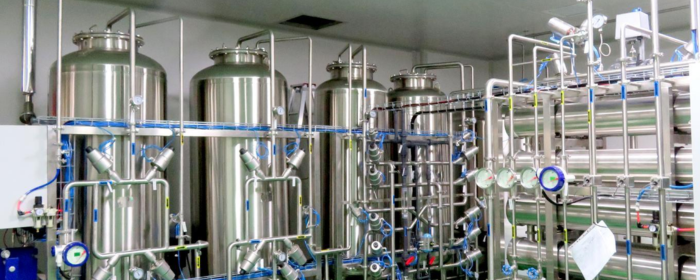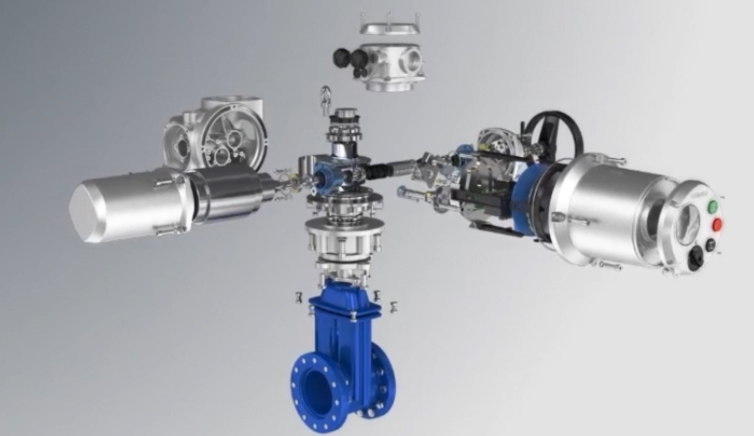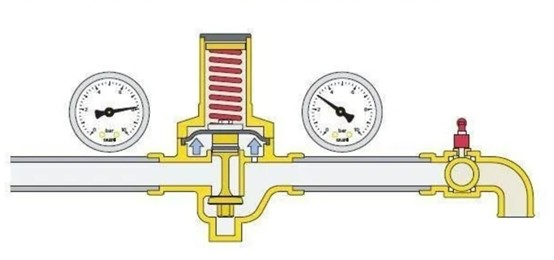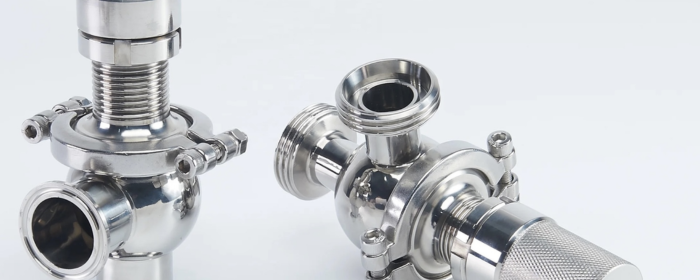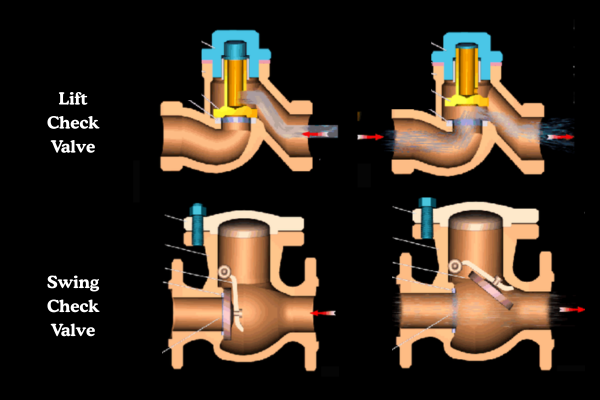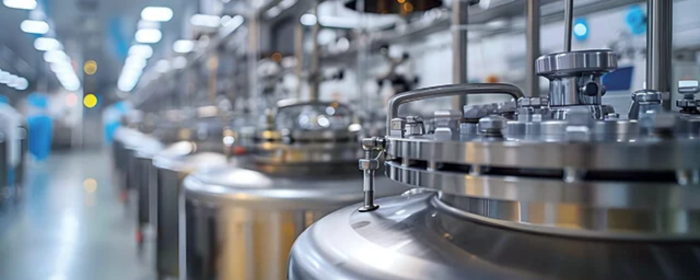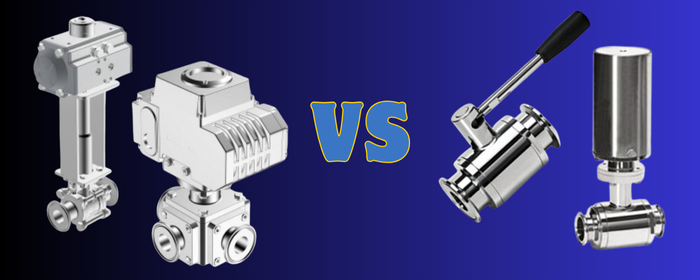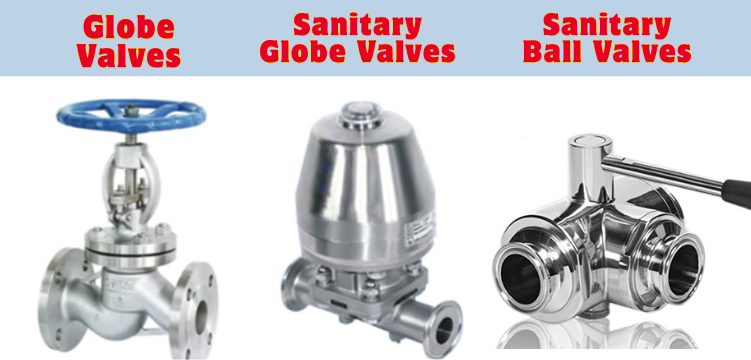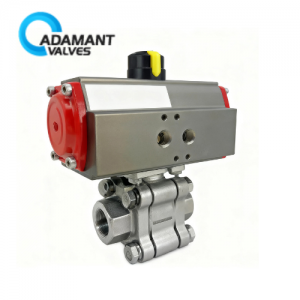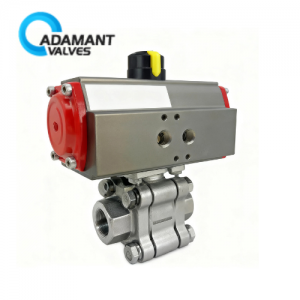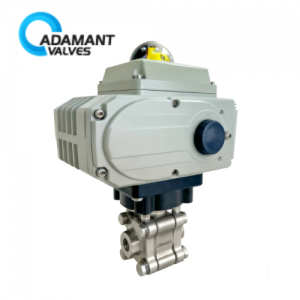Author: Jessie
Pneumatic vs. Electric Actuators in Pharmaceutical Manufacturing
In the pharmaceutical industry, particularly within GMP (Good Manufacturing Practice) critical zones, pneumatic actuation is the absolute mainstream and preferred choice. Electric actuation, on the other hand, is applied in specific non-critical or modulating scenarios. Why Does the Pharmaceutical Industry Favor Pneumatic Actuation? The dominance is rooted in its ability to meet the pharmaceutical industry’s […]
Read moreHow Are Sanitary Valves Corroded? – 6 Forms of Corrosion and Maintenance Methods
Valve corrosion is one of the main causes of valve failure. It can lead to leaks, contamination, and even safety incidents. Sanitary valves have higher requirements for corrosion resistance. Why Do Valves Corrode? Corrosion is the process by which metals gradually return to their ore state through natural processes. A key electrochemical reaction is involved […]
Read moreHow to Properly Select and Use Electric Valve Actuators for Sanitary Applications
Electric valve actuators are a critical component in sanitary processing systems, providing the important interface between automated controls and fluid handling in pharmaceutical, food and beverage, and biotech applications. Unlike industrial environments, sanitary applications require outstanding cleanliness, corrosion resistance, and validation capabilities. This guide provides an overview of best practices for actuator selection and installation […]
Read morePressure Relief Valves and Pressure Reducing Valves: Knowing Their Roles
In plumbing and process systems, the management of fluid pressure goes beyond just issues of performance-it is a basic safety requirement. Even though these valves have similar-sounding names, pressure relief valves and pressure reducing valves serve two entirely different purposes. Confusing them is not merely a technical mistake, but can be a critical safety lapse. […]
Read moreAre Pressure Relief Valves the Same as Safety Valves?
According to U.S. standards and regulations, Safety Valves and Pressure Relief Valves are a family of valves applied for different purposes. There are some key differences between them in application and working principles. While both are overpressure protection devices, safety valves are designed for gas or steam and open instantly to full capacity. In contrast, […]
Read moreSingle Check Valve vs. Double Check Valve
What is a Single Check Valve? A single check valve, as the name suggests, usually consists of a single flap. The flap is fixed to the valve cover and operates by rotating to open or close the valve. When fluid flows forward, the flap rotates upward to open the valve, allowing fluid to pass through […]
Read moreWhich Industries Need Pressure Relief Valves?
What is the Purpose of Pressure Relief Valves? A pressure relief valve is a crucial safety device in pressurized systems. Its core function is to provide automatic overpressure protection. When system pressure exceeds the preset safety limit due to process fluctuations, equipment failure, or abnormal conditions, the pressure relief valve opens automatically. Releasing a certain […]
Read moreTitanium vs. Stainless Steel Sanitary Ball Valves
Choosing the right materials is a critical decision, since it directly impacts the quality of sanitary ball valves. Titanium and Stainless Steel stand out because of their superior performance. While both are excellent, they serve different purposes. Understanding their unique properties will guide you to the correct choice. Stainless Steel Sanitary Ball Valves Stainless steel […]
Read moreBuying Guide: Understanding the Types of Sanitary Ball Valves
Clamp-type, weld-type, three-piece, full bore… There are various types and choices for sanitary ball valves. So, what are the characteristics of each type, and what other types of sanitary ball valves are available besides these? Classification by Connection Type The connection type is the primary dimension when selecting a sanitary ball valve. It directly relates […]
Read moreGlobe Valves vs. Ball Valves
Globe valves excel in precise flow control & throttling, while ball valves are ideal for quick on/off service with minimal pressure drop. Differences between Globe Valves and Ball Valves 1. Different Working Principles A Globe Valve has an internal disc that moves up and down, acting like a plug, and a seat. By rotating the handwheel, the […]
Read more

